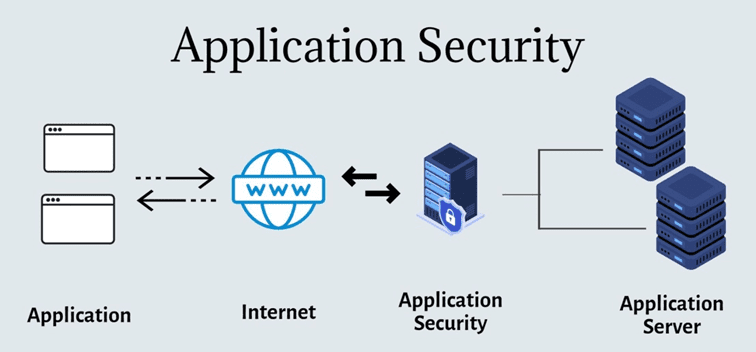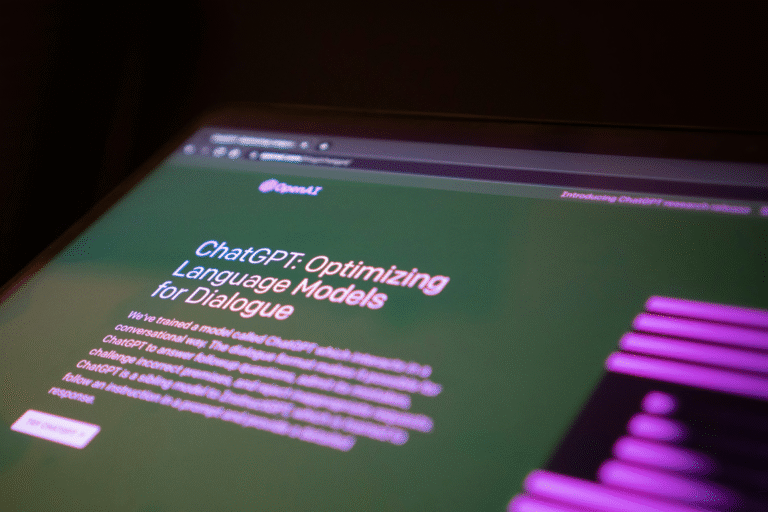Every business these days is going through digital transformation journey and to get successful in that they must secure their web applications, software’s, and mobile applications. The lack of secure coding best practices, structured application security testing and secure CI/CD pipeline, is increasing the rate of vulnerabilities to high threats.
It is critical to assure the highest standards of safety and security to minimize business risk levels. Many strategies exist to lower business-related risks, but application security is the only effective alternative.

It will also help build trust in software security, thus repelling hackers’ attack rates. As security testing makes revealing weaknesses at the application level easy, the chances of attacks may be reduced to the maximum.
What is Application Security all about?
Application security, also called AppSec,, refers to the overall process of developing, adding and testing security features with applications. It helps identify, repair and protecting against all types of vulnerabilities in the software development life cycle.
AppSec includes a wide array of tools and methodologies to fix all types of risks before they are exploited further. It is one of the best measures to prevent unauthorized access and modifications.
Secure coding practices associated with application security implementation are:
- Validating data from untrusted sources like file streams
- Ensuring that the output coding is safe for target systems
- Implementation of password hashing and one-way salted hashes
- Establishing a session inactivity timeout with a minimum time slot
- Restricting access to authorized users only
- Not displaying a trace of debugging and stack-related information
- Ensuring NULL termination is handled correctly
- Restricting users from generating new code or altering anything in existing code

Application security has evolved into a supporting function over the decades. The framework is a blueprint that provides a holistic view of the web and software application landscapes. Overall, the goal includes:
- Authentication—Authentication is a vital part that developers follow when building applications with the highest security standards. The procedures associated with it ensure that only highly authorized users may gain access to the application.
By providing a username and password, secured logging in may be possible. In multi-factor authentication, more than one form of authentication is needed, like thumbprint or facial recognition.
- Authorization—Once you have completed authentication, authorization is the next security procedure to follow. It allows the system to validate your identity properly. Only users with permission to access the application can log in to the system.
Authentication is the first process, followed by authorization. It ensures that application matching takes place by validated users who can access the system through credentials.
- Encryption – Once the user has been authenticated to make generous use of the application, encryption seems to be the next measure. It is a special security measure that will help protect sensitive data from being utilized by cybercriminals.
In the case of cloud-based applications, traffic contains a lot of sensitive data that travels between users and the cloud. Encryption is needed to keep data in safe hands and prevent unwanted incidents.
- Logging in—Without logging in, developers will find it difficult to continue with their tasks. Applying a security breach may assure safe logging in to the data.
Application log files are known for providing a record of user details, making it easy to trace malicious people.
- Testing—Testing application security is also a necessary process. It ensures that all the security controls work properly and smoothly.
From the above, it is crystal clear that application security is helpful in demonstrating a highly proactive approach to security. Protecting your apps from the very beginning will be a significantly smarter decision to prevent any type of attack.
It will be wiser to take a proactive approach to achieving high-quality security instead of a reactive one. Fixing a problem will no longer be a challenge with AppSec.
Now, it is time to peep into some exclusive benefits associated with application security.
What are Some Remarkable Benefits of Application Security?
Application security prevents attacks from affecting your customers and operations. A security breach may have severe and costly consequences. Because it is a common act today, it is difficult to predict the exact time of an attack.
Modern attacks may result in a business shutting down. When you suspect any security issue in your application or network, you should not neglect it. Doing so may result in unwanted damage.

With the right tools related to application security, it will become easy to keep your organization, customers, and data in safe hands. Businesses that simply rely on applications need to adopt non-negotiable security measures.
The list of benefits of application security is unending. Still, some highly exclusive benefits are as follows:
- Reduced level of risks—Eliminating vulnerabilities to the maximum may increase the potential for preventing unwanted attacks, and the level of risks associated will also reduce.
- High level of trust from customers—Demonstrating that your applications are in safe and secure hands will provide customers with the confidence to move on. As it will increase the level of trust, your organization may breed loyalty and word of mouth.
- Brand image maintenance—Cyber-attacks may make businesses headlines, demolishing their reputation. Implementing application security may prevent such unwanted publicity.
- Increase in the level of trust—Application security will help increase safety and trust, resulting in high reliance from third parties, clients, partners, and stakeholders. It will also attract more businesses.
- Reduction in disruption – Once done with identifying potential security issues followed by resoling, it will let in heading off with unwanted disruptions. Your organization may stay away from unnecessary loss of data.
- Smooth identification of development issues—Implementing the most appropriate AppSec solution will make it easy to identify attacks related to common vendors. Realizing them beforehand may help in devising a resolution strategy before proceeding with production.
- Early awareness of risks—Solutions related to application security are designed exclusively to identify cyber-related vulnerabilities. They also help alert administrators regarding the existence of high-level risks. Thus, addressing the risks followed by eliminating vulnerabilities may prevent ill effects by attackers.
- Enhanced compliance rate—Data is subject to various regulations and needs today. Implementing application security will assure smooth and fair operation.
Application security testing is an essential part of software development process performed by the development team. It ensures that no such security vulnerabilities occur in any version of the software application.
An Insight into Application Security Testing!
Carrying out security audits properly can ensure that your application complies with a particular set of safety. Once the application passes the audit session, it will be the work of developers to ensure that highly authorized can access the technical database.

On the way to carry on with penetration testing, a developer looks forward to some exclusive alternatives to break through the application smoothly. It is inclusive of social engineering.
Professional testers administer authenticated and unauthenticated security-related scans to detect risk factors. There are a wide number of application security tools that are taken in application for variable functions. Some of the most prominent ones are:
- Dynamic application security testing
- Static application security testing
- Pen testing
- Software composition analysis
- Interactive application security testing
Undoubtedly, the most robust application security starts at the time of coding. Risk factors related to application start with a highly compromised architecture that includes lots of design flaws.
Though the concepts of application security are well understood, there are still some places where they are hardly implemented. Security expert professionals need to adjust with changing times.
As companies are shifting towards cloud, the shift for focus is also increasing. As application developers are relying on automation, application security professionals need to incorporate the right security technologies in their own tools.
Hence, it can be concluded that weaving of application security into development code is the best practice. This results in tuning of the protection strategy in the best possible manner.
Reference URLs:
https://www.nutanix.com/info/what-is-application-security#importance
https://www.techtarget.com/searchsoftwarequality/definition/application-security












